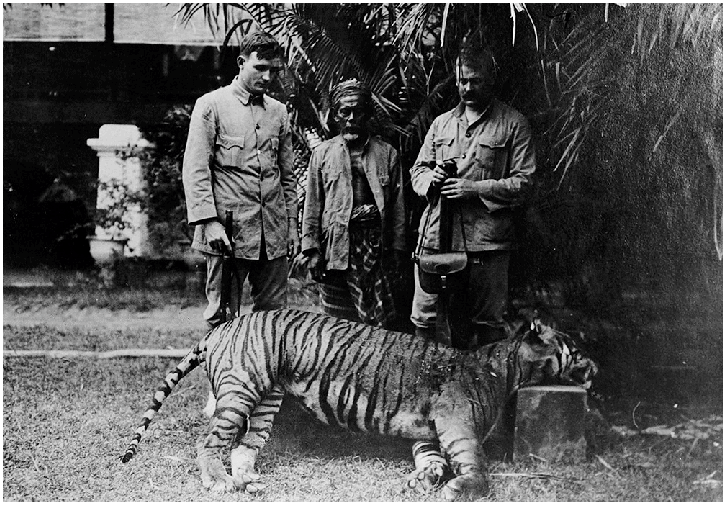On this day, 27th September: The Balinese Tiger gone extinct - 1937

The Balinese Tiger (Panthera tigris balica) was a subspecies of tiger native to Bali, Indonesia. It was the smallest of the tiger species, and like other island tigers, it had distinct characteristics, including a short coat and fewer stripes than mainland tigers. Human activities, such as hunting for sport and agriculture-driven deforestation, led to a rapid decline in their population. By the early 20th century, their habitat had been drastically reduced, and the last confirmed sighting occurred in 1937, marking the extinction of the species.
Factors Leading to Extinction:
- Habitat Loss: The expansion of human settlements and agriculture drastically reduced their natural habitats.
- Hunting: Tigers were often hunted for trophies and considered a threat to livestock. This led to significant declines in their numbers.
Lack of Conservation:
- Conservation efforts were non-existent at the time of their extinction. Unlike today, awareness of the need for protecting wildlife was minimal, especially for species like the Balinese tiger that lived in remote areas.
The Balinese tiger, along with the Javan tiger (also extinct), represents a reminder of how fragile ecosystems can be, especially on isolated islands where species have limited ranges. Today, conservation efforts for species like the Sumatran tiger, the last remaining Indonesian tiger subspecies, are crucial to prevent a similar fate.
The Balinese Tiger was one of three tiger subspecies native to the Indonesian islands, along with the Javan and Sumatran tigers. It was the smallest tiger subspecies, with males weighing between 100–140 kg (220–310 lbs) and females even smaller. The species faced severe threats due to habitat destruction and hunting, particularly as Bali’s human population grew. The last confirmed sighting of a Balinese tiger was in 1937, and it was officially declared extinct later. Its extinction marks a tragic loss in biodiversity, highlighting the vulnerability of island species.





